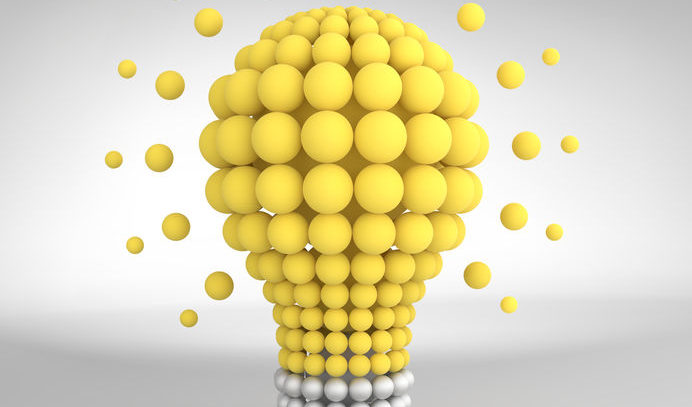Is a provisional patent application right for me?
One of the most frequent questions independent inventors ask is whether they should file a provisional patent application But there is no surefire answer. Every situation is unique, and what works for one inventor might not work for another. Only you, the inventor, can decide what is best for your situation, but here are some insights that may help you determine if filing a provisional patent application is right for you.
The most important thing to keep in mind regarding a provisional application is that it is not a “provisional patent.” Essentially, a provisional patent application is a placeholder with a low filing fee that establishes a filing date for an invention but will not result in a patent on its own. A filing date is essential in the patent application process because it establishes a starting point for the protection that is being sought for an invention. Once a provisional patent application is filed, the applicant then has up to one year to decide whether to proceed with obtaining a patent.
This 1-year period allows applicants to take on several tasks important to the commercial process, which might include:
- Investigating market potential
- Finding investors
- Searching public documents and sources to see if the invention already exists or has been previously disclosed by someone else
- Evaluating the need to hire a patent attorney or agent
A major advantage of a provisional application is that applicants are allowed to use the term “patent pending” in conjunction with the invention (including marketing and packaging) during the 1-year period to alert the public that an application has been filed with the USPTO and as a warning to potential infringers.
If, during the 1-year period, the applicant decides that they do not want to pursue the patent process any further, there is nothing more to do. The provisional patent application will automatically be abandoned at the one year mark, but the term “patent pending” can no longer be used.
On the other hand, if the applicant decides to seek patent protection, a nonprovisional patent application must be filed within one year of the filing date of the provisional patent application. That application must claim the benefit of the provisional patent application. Any claimed subject matter in the nonprovisional patent application that is supported by the provisional application will receive the benefit of the earlier filing date of the provisional patent application.
Consider another big advantage: if the nonprovisional patent application results in an issued patent, the patent term (the amount of time the patent is in force) is measured from the filing date of the nonprovisional patent application, which means it may be extended by up to 12 months.
Source: USPTO.GOV

